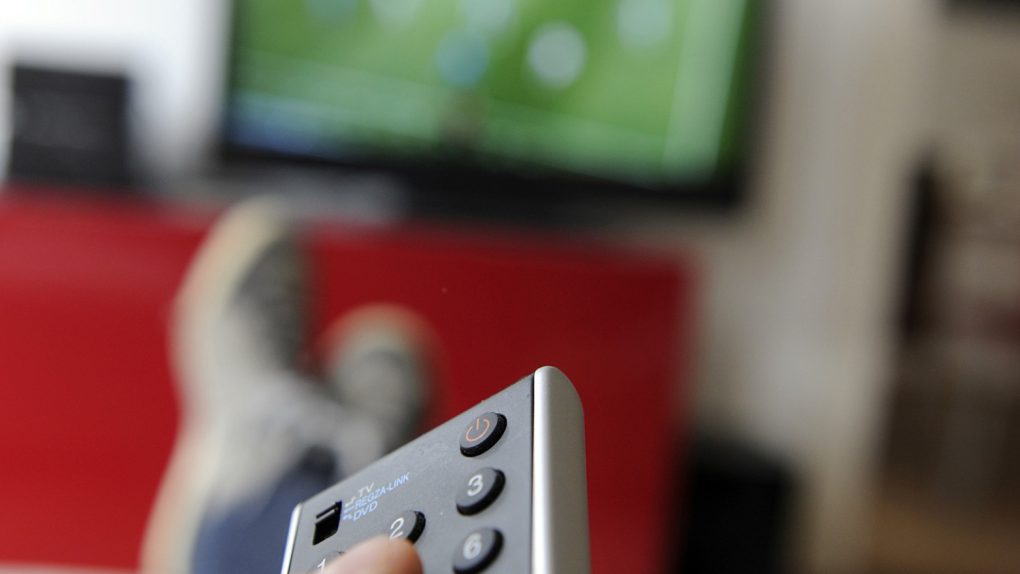This new chapter of the Streaming Wars that we’re in, with Netflix continuing to crush it and new streamers on the way from Disney, HBO’s parent company, and others, one of the things you hear said a lot it is that the embarrassment of streaming riches all those sources provide makes viewers the winners. That consumers come out the best in the end, because we’ve got so much great stuff to choose from — especially since all this competition should theoretically make the streamers all step up their game, knowing what they’re up against.
But if we consumers have it best in this scenario, what about the opposite end of the spectrum? Who’s in the worst or rather the least desirable position here? For that answer, we turn to a new analyst report that paints a dire picture of what cable TV providers will face in 2020.
We’re pretty hard here in general on Big Cable, and for good reason. Most people without much effort can point to horror stories related to billing issues, customer service, hidden fees and the like. One of the most egregious scenarios is the study from Consumer Reports we told you about last month which found that after taking a look at several hundred cable bills from 13 leading cable TV providers, a full 25% are comprised of fees with no purpose other than squeezing out some additional revenue for the cable companies.
After Comcast, Verizon, Spectrum, and AT&T lost nearly 2 million subscribers in total during the previous quarter, analysts with UBS are predicting that not only will those losses continue to grow in 2020. They also forecast the bleeding to hit 6.2 million subscribers, in terms of how many people will cut the cord and move to streaming in 2020. According to UBS analyst John Hodulik, as quoted by Cord Cutters News, “We now expect industry losses to remain in the 6-7% per year range for the medium term, suggesting worsening trends in domestic core affiliate into next year.”
To put that in perspective, losing more than 6 million subscribers would mean a group of people more numerous than the combined populations of the cities of Chicago and Houston (according to 2018 population estimates). Again, it’s a trend that’s not hard to understand, especially when consumers are increasingly looking around and seeing new streaming options like







